Special Investment Update – November 15, 2019
Dear Clients and Friends,
November is a great time to take an inventory of the markets and the prospects for the closing weeks of the year. It also is a great time to consult with your tax advisor for year-end tax planning. In this special investment update, we will provide a brief update of the stock and bond markets as well as provide needed tax guidance to take advantage of the rest of 2019 as well as 2020.
The underlying fundamentals of the economy remain supportive. Inflation, as measured by the Personal Consumption Expenditure Index (PCE), remains well below 2%. Demand remains firm, which is partially reflected in the bond fund flows for the third quarter. Add in the renewed bond-buying by the Federal Reserve and easier monetary conditions, and bonds from corporates to municipals remain in the sweet spot for U.S. issues. All of this is also reflected in the continued strong demand for U.S. bonds and stocks from foreign investors.
With over $13 trillion in negative – yielding bonds outside the U.S. and foreign stock markets are reflecting slower economic growth and other concerns, the U.S. is a destination market. Year-to-date, foreign inflows have soared on a month-by-month basis. Currently, there is a headwind of outgoing trade negotiations between the U.S. and China as well as other nations. In addition, elections are still evolving. However, we still see U.S. – focused stocks and U.S. bonds as the top places for more growth and income.
As far as tax guidance is concerned, the most important steps to take before 2019 winds down is to be prepared to limit your tax liabilities for this year by use of the following strategies:
- Maximize your retirement contributions:
- If your employer sponsors a 401 (K) plan, you can contribute as much as $18,500 this year if you are under 50. Since 401 (K) contributions reduce your adjusted gross income, a worker over 50 in the top federal tax bracket can save more than $9,000 a year by contributing the maximum amount into a 401 (K).
- You can set up an IRA and contribute to it even if you already have a 401 (K) at work. For this taxable year 2019, you can contribute up to $6,000 into either a Traditional or Roth IRA.
- Offset your Capital Gains with Tax Harvesting Losses:
- To minimize the tax bite on a large capital gain, book some losses.
- The tax code allows you to use up to $3,000 in net capital losses per year (losses in excess of gains) to reduce your ordinary income.
- Use Appreciated Stocks for your charitable Giving:
If you have a heart for charity, you can make your dollars go further by giving appreciated assets, such as stock that has risen in value, rather than cash. As long as you have held the asset at least a year and a day, you can take a deduction for the current market value, rather than your original purchase price. Note, however, that master limited partnerships (MLPs) do not qualify for this generous treatment.
- Make Tax-Free Gifts to Family Member:
Each year, many parents and grandparents make liberal use of this technique. Each individual can give up to $15,000 a calendar year to each beneficiary without affecting the lifetime exemption from estate or gift tax. In addition, for really big givers, you can bunch together up to five years’ worth of gift-tax exemption for 529 plans. For 2018 and after, those 529 plans now allow for spending on Private education coasts for kindergarten through pre-school.
- Exercise your Business Expenses:
If you own a business or even just earn income as a consultant or under contract under IRS schedule C, you can deduct many deductions to reduce your income tax liability as follows:
- You can contribute up to $7,000 to a Health savings Account for your family ($8,000 if you are 55 or older).
- If you are thinking about purchasing new office equipment, ask your tax advisor about Section 179 expensing, which will allow you to write off the entire cost up to $1,000,000.
- The IRS code also allows you to deduct up to $10,000 in organizational expenses for a start-up business as long as the business began operations this year.
- Cash flows, Tax-Free:
For many higher tax-bracket investors, state and local income tax rates can be increasingly onerous. And of course, if you reduce your federal income tax liability, your net return will be even higher. This is where tax-free money market funds and municipal bond funds come in.
In conclusion, it is important to review your investment portfolios with your tax advisor so that you can take advantage of year-end tax planning opportunities.
Thank you very much for your trust and confidence and please contact us with any questions or comments. May you and your loved ones have a Happy Thanksgiving!

